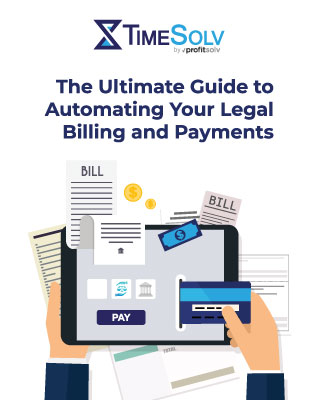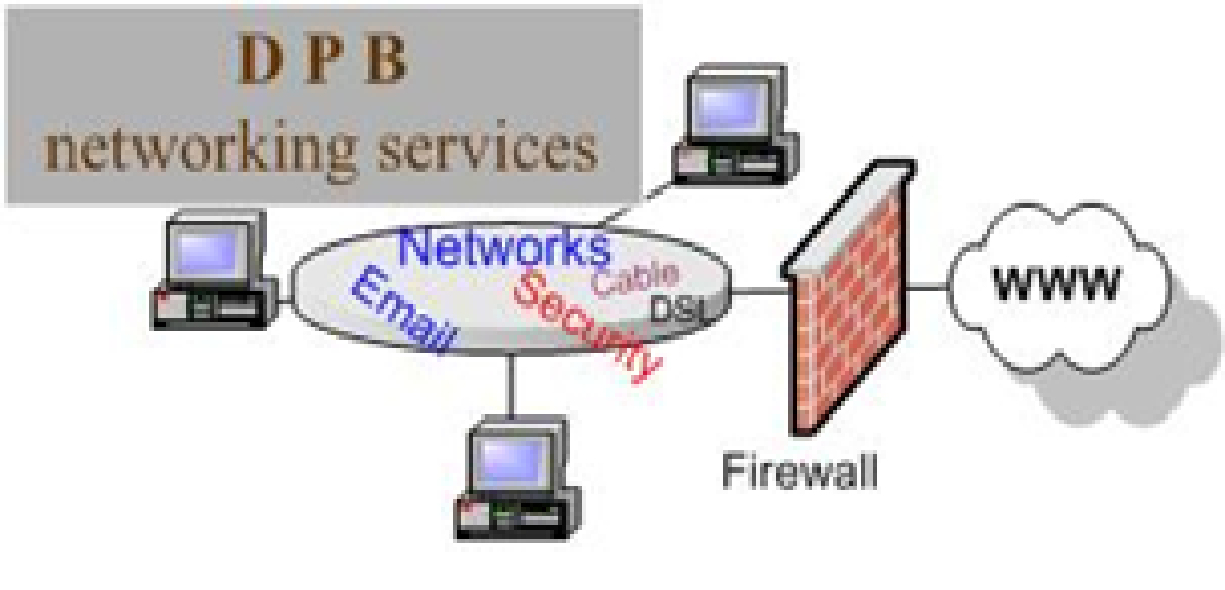The traditional hourly billing method has been the default in legal practice for the past century. However, as clients’ needs evolve and new generations of lawyers enter the industry, alternative fee structures have been creeping into invoices across the nation.
In fact, many attorneys are now turning to alternative pricing models like fixed-fee billing. This approach can offer greater value and predictability to clients while ensuring fair compensation for lawyers’ efforts.
Embracing a new billing model is no small feat. But understanding the potential benefits of doing so could put your firm on a path to achieving greater efficiency and profitability. Let’s look at fixed-fee billing, how it works, and the pros and cons.
Could your firm be more profitable with fixed-fee billing?
Shifting to fixed-fee billing at your law firm can enhance your profitability if it’s done right. This requires strategic planning and proactive measures, but the potential rewards are substantial.
Here are some reasons why.
Less wasted time and uncompensated tasks
In traditional hourly rate models, attorneys can sometimes find themselves completing tasks that don’t directly contribute to resolving their client’s case, or they may be unable to bill all hours worked due to client pushback or perception issues. This is where the benefits of flat fees become apparent.
With fixed-fee billing, legal professionals are incentivized to focus on activities that move a case forward efficiently because whether you spend two hours or ten doesn’t change what you earn from it. It asks you to work smarter, not harder, leading to higher profits without compromising service quality.
Remember: you don’t have to make the switch all at once. You can transition to implementing flat rate pricing by applying it to smaller matters like uncontested divorces or transactional cases before scaling up its application across all services offered by your legal practice (if desired).
Reduced risk of client disputes
In a scenario where billable hours determine pricing, clients may feel unsure about their case’s total cost. This uncertainty can lead to disputes when invoices don’t match client expectations.
Implementing fixed-fee pricing can reduce conflicts over price because clients agree to predetermined charges for specific legal services. This approach eliminates invoice surprises and increases client satisfaction while reducing potential disagreements over billed hours or associated costs.
The Ultimate Guide to Automating Your Legal Billing and Payments
To stay competitive in today’s legal landscape, law firms must embrace the power of technology, especially when it comes to billing and payments.
The best way to improve your law firm’s cash flow while also increasing client convenience is 'Automation'.
Download our free guide to improve your legal billing and payment process today!
Enhanced law firm reputation through transparency
Beyond minimizing arguments over bills, adopting flat fees positively impacts your firm’s standing within the industry. Clients appreciate financial clarity and predictability concerning their cases.
Prioritizing transparency via fixed-fee arrangements communicates fairness in business practices from your end, fostering loyalty among existing clientele while attracting new ones.
Moving toward alternative fee arrangements, including subscription-based fees, instead of solely relying on hourly rates benefits both law firms financially and strengthens relationships with clients who prefer knowing upfront what they’ll pay without worrying about unexpected additional charges later on.
Incentives for efficiency in case handling
The hourly billing model can sometimes lend itself to inefficiency, as it could create incentives for law firms to inflate billable hours.
On the other hand, fixed-fee arrangements incentivize efficiency when handling cases. They encourage lawyers to progress through relevant matters instead of spending time on less productive activities justifying additional costs under traditional pricing models like hourly rates.
Implementation strategy for fixed-fee billing
The transition toward fixed-fee billing at your law firm might appear challenging, but you can overcome the hurdles with a well-planned strategy. The secret lies in starting small and then gradually expanding.
Step 1: Do your research: Establish appropriate fees through past case reviews
The initial step toward embracing alternative fee arrangements, such as fixed fees, involves reviewing past cases similar to new matters you’re handling. Doing so lets you establish a suitable price point based on prior workloads and results.
This method ensures fair compensation for your efforts and offers transparency and predictability for clients.
Step 2: Start small: Apply flat rate pricing to smaller matters
To kick-start this process, consider applying flat rate pricing to smaller, relatively straightforward matters, such as uncontested divorces or transactional matters like contract drafting or trademark prosecution. This way, you can gain experience with setting fixed fees without risking significant financial loss if the estimated time and resources prove inaccurate.
In this initial implementation phase, it’s essential to leverage tools like legal practice management software, which allows accurate tracking of time spent on specific tasks within these smaller cases. The software provides valuable data through reporting and dashboards that help refine your estimates over time.
Step 3: Scale up: Extend flat rate pricing across more services
Moving ahead from simpler matters, once you are comfortable setting fixed fees, start extending this model across more complex services offered by your law firm. Areas involving larger civil litigation cases, where workload varies significantly depending on circumstances, are examples.
This stage calls for carefully analyzing past billable hours spent on similar cases and understanding potential variables impacting case duration and complexity. Here again, legal practice management software’s reporting features come into play here, offering insights into historical case data that aid precise fee estimation.
However, adopting alternative fee arrangements involves changes beyond how lawyers charge their clients; they also need to focus on efficiency rather than accumulating billable hours, making project management skills increasingly important.
Clear communication about what exactly the client’s payment covers becomes crucial when moving away from hourly rates. And remember, a fixed rate or flat fee doesn’t necessarily have to be one fee for the entire project. You can outline smaller sub-tasks that may come up, like drafting a motion for summary judgment or extra fees for the possibility of expert witness retention.
Invoice the way you want with TimeSolv
Transitioning to fixed-rate billing requires a robust and flexible invoicing system, and TimeSolv offers just that. The project management feature ensures that law firms can handle fixed-rate projects efficiently, tracking progress and billing clients seamlessly.
And with TimeSolvPay, law firms can offer clients an easy way to pay fixed-rate invoices online.
TimeSolv provides the technology tools law firms need to successfully implement and manage fixed-rate billing, ensuring efficiency, client satisfaction, and a boost in profitability. Sign up for a free trial today!
The Ultimate Guide to Automating Your Legal Billing and Payments
To stay competitive in today’s legal landscape, law firms must embrace the power of technology, especially when it comes to billing and payments.
The best way to improve your law firm’s cash flow while also increasing client convenience is 'Automation'.
Download our free guide to improve your legal billing and payment process today!



















